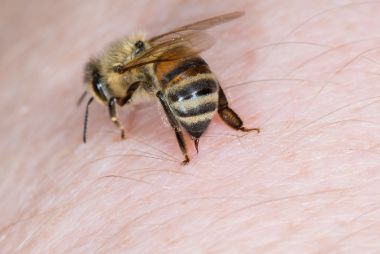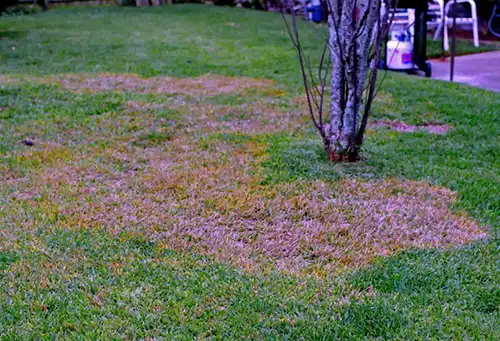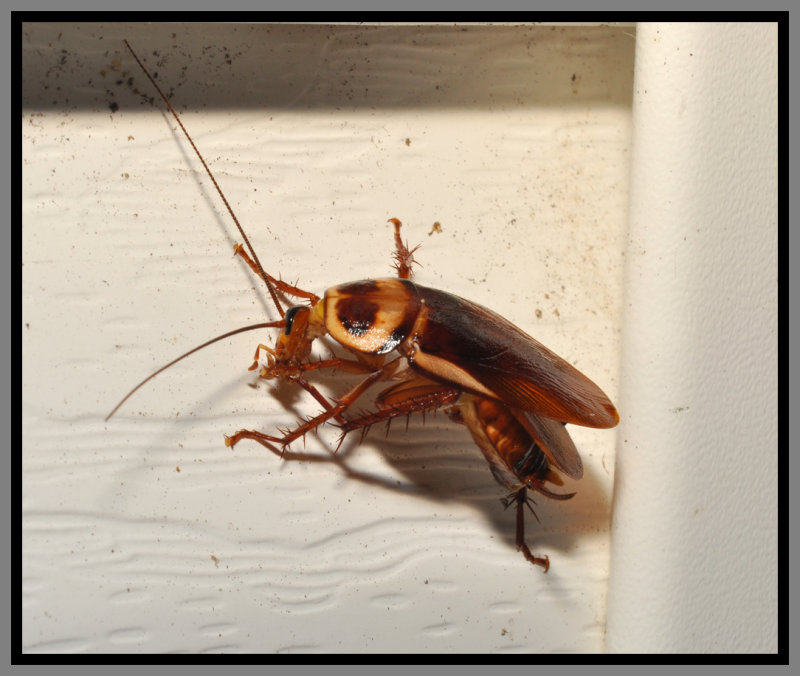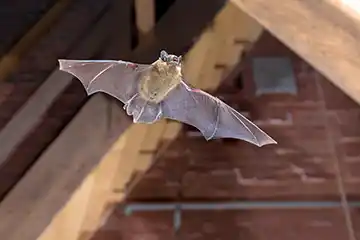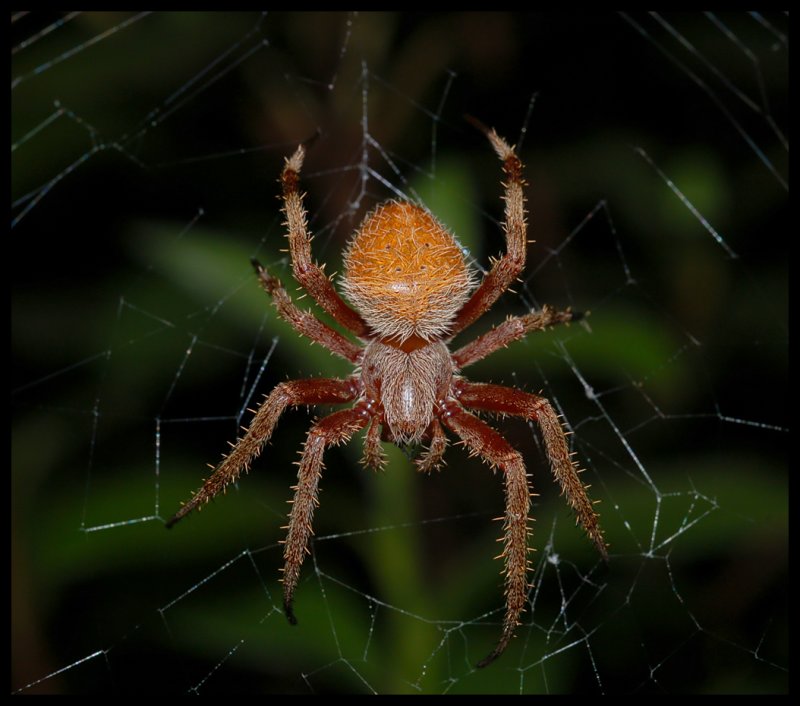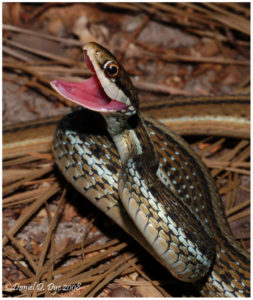When you have a pest problem, it’s likely you have a lot on your mind. And while it may be easy to overlook things when scheduling your appointment, keeping your pets safe should not be one of those things! Most treatment methods used for household pest control are pet-friendly, but there are still some precautions you can take.
Your first step should always be to speak with your pest control professional. They will be able to help you determine what treatment is necessary for your home, and what preparations should be made prior to your appointment.
Regardless of the scale of the pest control treatment, you should always make an effort to contain your pets, both for their safety and the safety of the pest control technician. Although your dog may seem docile and harmless around family and friends, she may not behave the same when a stranger enters her home.
Also, your pets may simply want to figure out what is going on with a stranger in their house – but it is this curiosity that could put them in a harmful situation during a pesticide application. An easy solution is to make sure that they are kept in a kennel or carrier while the pest control expert is in your home. If a carrier is not available, simply move them to an area of your house that will not be included in the pest service.
Most common household treatments are confined to cracks and crevices in areas of pest activity, but spraying for fleas and other more involved treatments may require extra considerations – possibly finding a safe place for you and your pet to stay away from home for a short time.
Different types of pets may require different preparations, and some pets are more sensitive than others. Based on the treatment being performed by your pest control professional, they will tell you any additional preparations to make.
Please inform your pest control expert of all the pets you may have living in your home. Oftentimes, we think of pets only as the furry four-legged variety, but birds, reptiles and fish are common pets as well. Making your professional aware of these friends with feathers or scales before your appointment will allow you ample time to prepare should they need to be removed from the home on treatment day.
When it comes to in-home services, it’s always a good rule of thumb to consult with the experts – pest control is no different. Florida Pest Control has a team of well-trained and certified professionals to help you make any necessary decisions, and make sure that your family is safe throughout the entire process.




